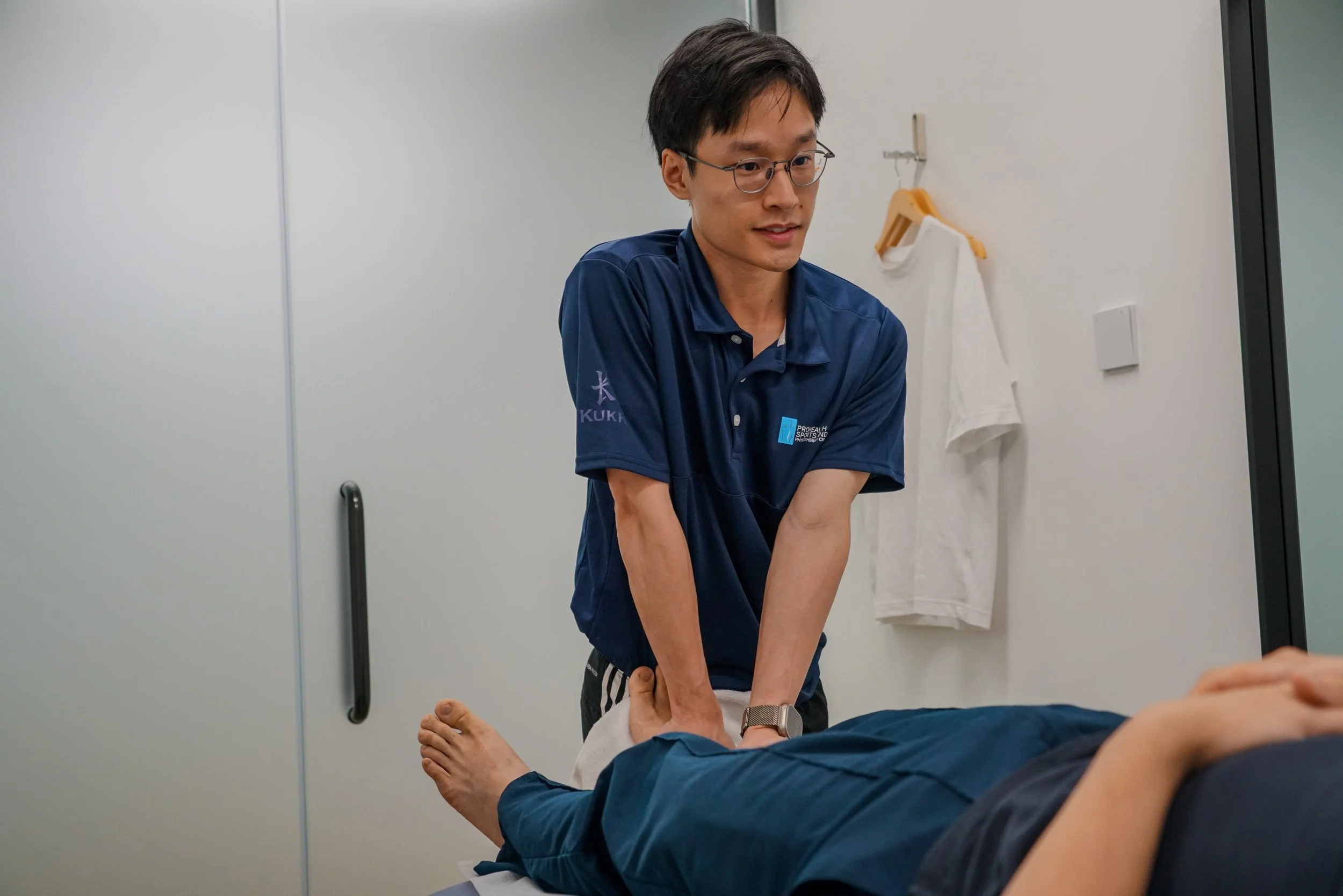Don't Let TMJ Lock You Up: Unlock Relief and Reclaim Your Smile
The clicking, aching, and stiffness of Temporomandibular Joint Disorder (TMJ) can feel frustrating and debilitating. Many people believe that this complex pain is a life sentence or requires invasive procedures. However, the key to unlocking this discomfort often lies not just in the joint itself, but in the intricate network of muscles, nerves, and posture that supports it. Physiotherapy offers a revolutionary, non-invasive approach that views the jaw as an integral part of your body's musculoskeletal system.
Understanding the Root Causes of TMJ
The pain and symptoms of TMJ are clear signals of a lost balance in your body. The discomfort you feel is often a result of overly tense muscles in the jaw, neck, and shoulders. This tension can be caused by:
Poor Posture: Spending hours with your head forward while looking at a screen puts excessive strain on the muscles that control jaw movement.
Muscular Dysfunction: Headaches, earaches, and dizziness can all stem from this dysfunction.
Joint Imbalance: The clicking or popping sound is often a disc within the joint slipping out of place due to imbalanced muscle pull.
A physiotherapist specializes in identifying these root mechanical causes, providing a targeted approach to treatment rather than just treating the symptoms.
A Personalized Roadmap to Relief
Physiotherapy for TMJ involves a hands-on, personalized approach designed to restore harmony to your musculoskeletal system.
Manual Therapy: Your therapist will use skilled hands to gently mobilize the stiff jaw joint, release tight trigger points in your face, neck, and shoulders, and improve tissue elasticity. This direct intervention helps reduce pain, increase blood flow, and restore normal joint function.
Therapeutic Exercises: You will be guided through a tailored program of exercises. These movements are designed to retrain your muscles to work correctly, improving your jaw's range of motion, enhancing coordination, and promoting relaxation.
Postural Re-education: A core component of the treatment is addressing the factors that contribute to TMJ. Your therapist will assess your sitting and standing posture and provide exercises to strengthen weakened muscles in your upper back and neck, helping to take pressure off your jaw.
Self-Management Strategies: You'll learn valuable techniques to manage TMJ in your daily life, including mindfulness for reducing clenching habits and ergonomic adjustments for your workspace.
By addressing both the symptoms and the underlying causes, physiotherapy empowers you to take active control of your recovery. Imagine enjoying a meal without pain, waking up without a tension headache, and moving through your day with ease. Don’t let TMJ lock you in a cycle of discomfort; a physiotherapist can help you unlock a future of comfort and freedom.




